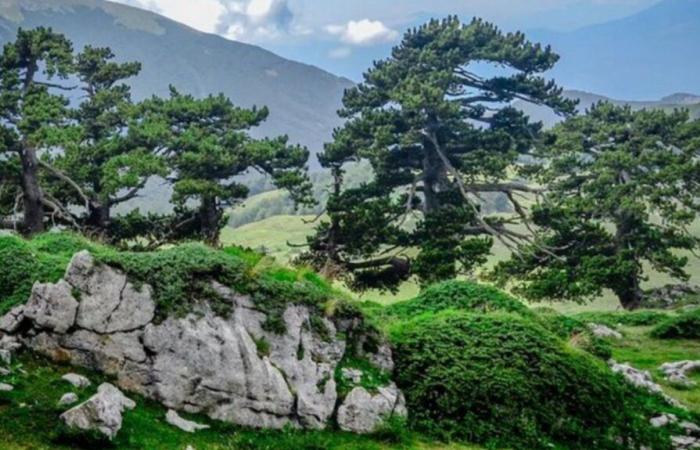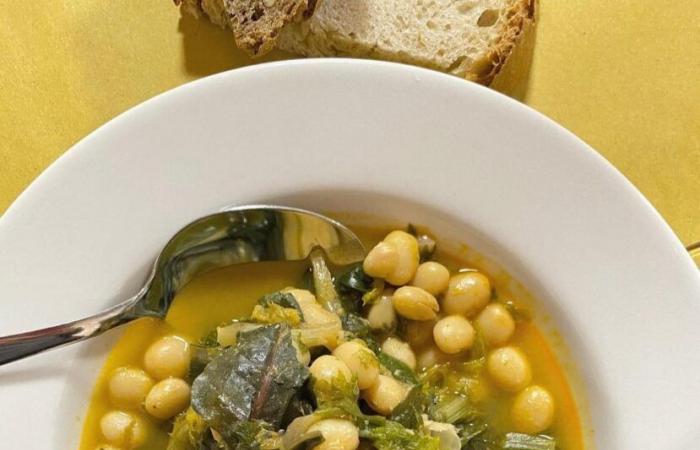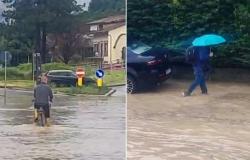There is so much greenery looking at Calabria from above: perhaps an astronaut looking out from space would want to take off his helmet as much as the oxygen you breathe down here. It is thanks to the three National Parks, an invaluable natural heritage and resource for environmental protection. It’s about the Pollinofrom the Silas and of theAspromonte which cover an area of 240 thousand hectares. And in the midst of all this vegetation, a flagship because the Pollino National Park is the largest in Italy with its 192,565 hectares between Basilicata and Calabria where it embraces the provinces of Potenza, Matera and Cosenza. A giant oasis of wild and uncontaminated nature, true paradise for trekking lovers, hiking, mountain biking. There isn’t a day in which you don’t see groups of enthusiasts passing along the paths of the park wearing climbing shoes or riding an e-bike: tourism here is four seasons because every month of the year offers a color and a suggestion, a perfume and a new experience.
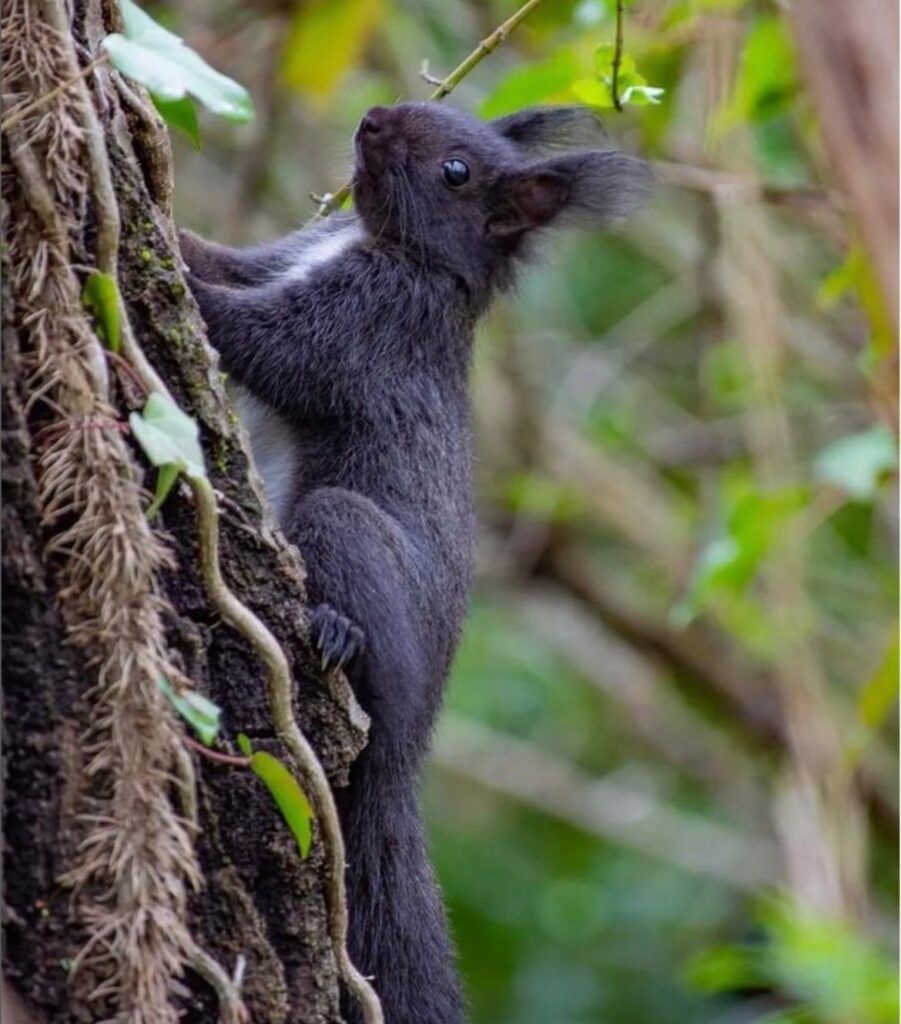
Then, as we know, the mountains make you hungry and there is nothing more beautiful than an outdoor picnic when temperatures in the city exceed 30 degrees (thanks global warming) while you fill up on clean air a thousand meters above the sea ? The biodiversity of this slice of upper Calabria has sown a centuries-old agricultural tradition that continues to bear fruit. What, then, are the essential products for a Pollino-Experience at the table (or on the grass)?
Cerchiara bread
There is no more beautiful scent: it is that of freshly baked bread that fills the room and the heart. It is the king of the table and the eulogy to simplicity: made with mother yeast, 60% wheat flour, bran for the remaining part, mountain water and wood cooking, Cerchiara bread has a golden and fragrant crust and a soft dough that lasts intact for up to ten days. Each bakery, obviously, has its own recipe and mixes the flours in slightly different percentages or adds a little rye or mallorca flour (a variety of soft wheat from Calabria) to give the bread more particular aromas, but they all follow that method craftsmanship that is handed down from generation to generation.
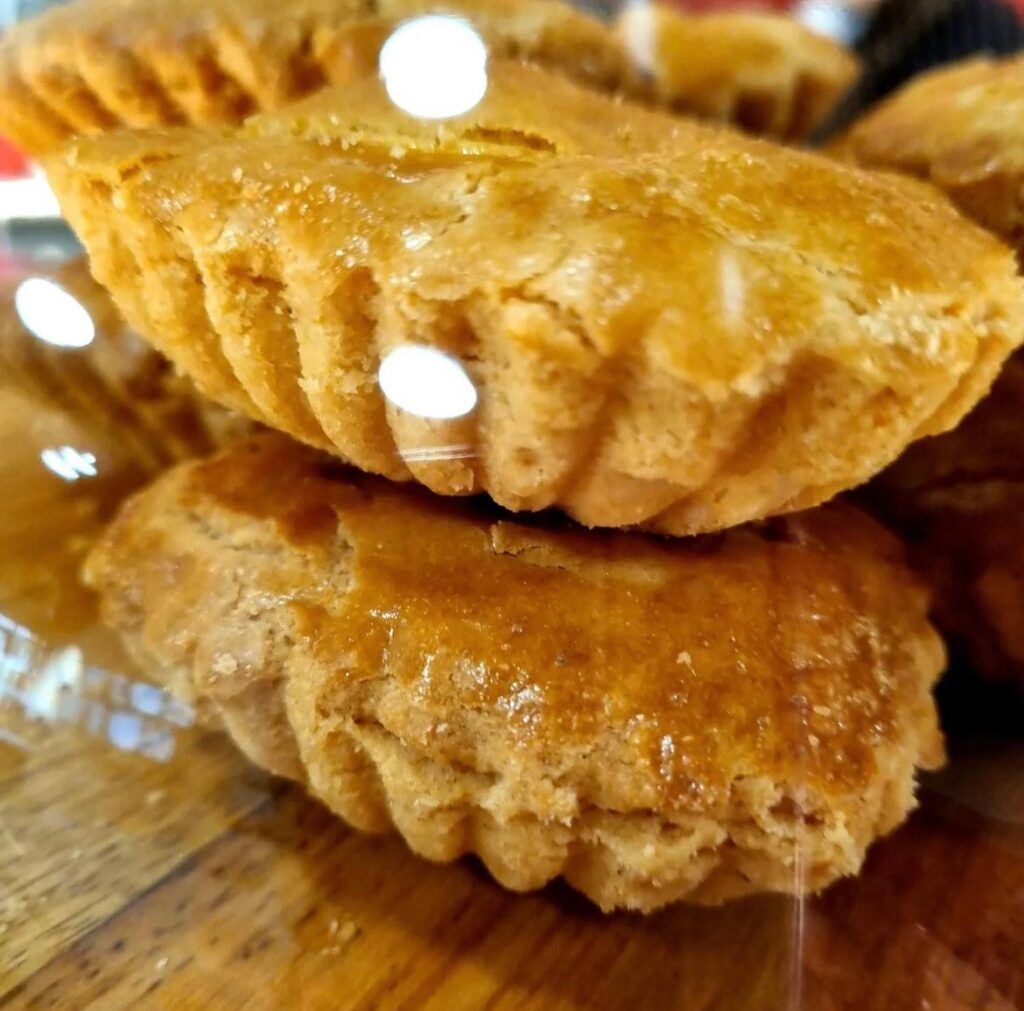
Mormanno’s bocconotto
Much more than a dessert. Legend has it that in the 17th century, Isabella,daughter of a rich feudal lord, e Nino, a humble baker, they fell madly in love despite their social differences. This relationship, however, was opposed by the country’s powerful. One day, the two decided to escape together to live their love away from prejudice and, before leaving, Nino prepared some sweets for his beloved as a token of love: they were the bocconotti which, from then on, took the name of “Bocconotti di Mormanno ”. Unfortunately, the young people were captured and separated: Isabella locked up in a convent, Nino forced to leave the country. The bocconotti, however, remained the symbol of their eternal bond. It is said that, every year, on the anniversary of their forbidden love, the ghosts of Isabella and Nino wander the streets of the town, flooding the air with the aroma of morsels. A love of dessert, in short, a shortcrust pastry filled with a soft dough made from almond flour, sugar, eggs and lemon zest. Round, oval or basket-shaped, they are then filled with jam or chocolate: the result is a riot of crumbliness, when you fill your womb with crumbs and you are happy.
The poor white bean
It is cultivated in the municipalities of Mormanno, Laino Castello, Laino Borgo, Tortora and Aieta and is a Slow Food Presidium. The poor guy is small but so big collectedhunderstand the flavor of tradition, respect for the environment and the value of the territory. Its presence, in fact, contributes to preserving the biodiversity of the place. This variety stands out for its white color without streaks and for its very thin skin (which makes it particularly digestible). Thinking of the mountain air-beans combo, Bud Spencer-style piñatas come to mind, eaten with a wooden spoon, and there’s nothing else to add! For pasta lovers, however, the must is the lagana (therefore a tagliatelle without eggs) with chickpeas and poor beans: a mine of fiber and a treat for the palate when the air gets crisp.
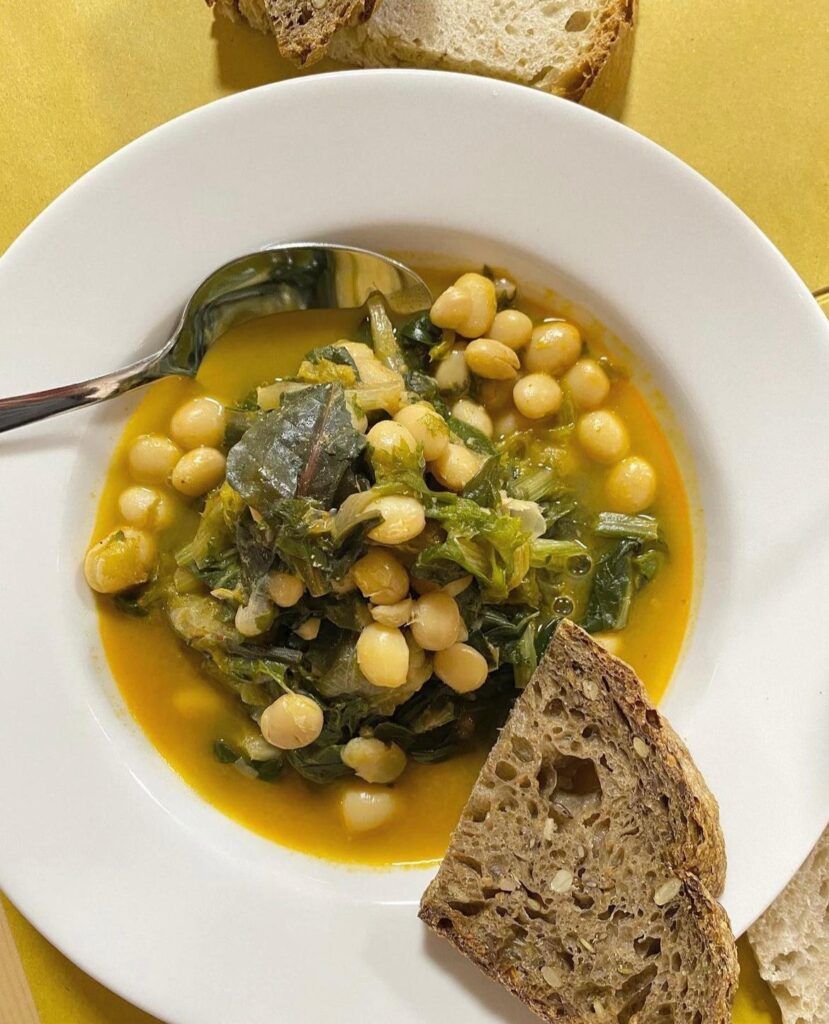
ph. @catasta_pollino
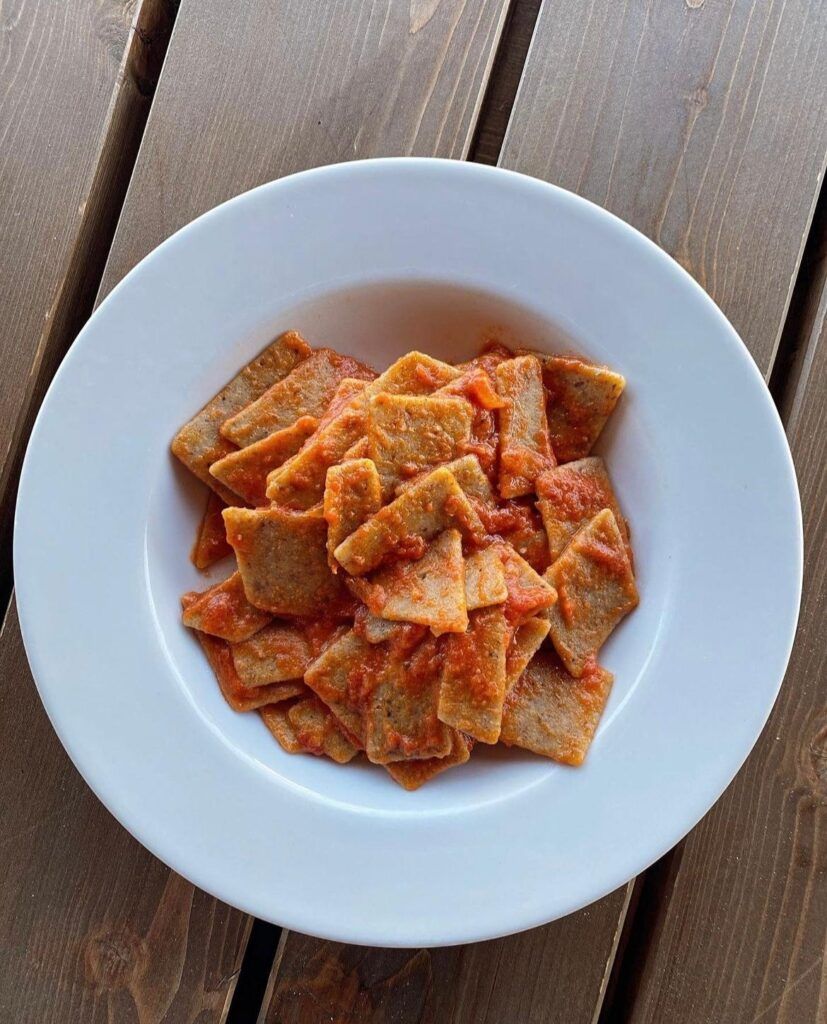
ph. @catasta_pollino
Border flavours: the mixture
The Pollino Park embraces two regions and, as often happens, there is a bit of confusion on the border territories: it happens with the accent, with the traditions and even with the food. Imagine placing two tables, one next to the other, a bit like we do at Christmas, when we extend the one in the living room to make room for the whole family. In the middle there is a gap (the border) but the single tablecloth that covers everything makes it a single, beautiful table. Pollino is like this: it gathers us around the same dishes. Therefore, the mixture, whose production area is limited to the four Lucanian municipalities of Calvera, Fardella, Teana and Chiaromonte, also ends up in the territories of Morano, Campotenese, Mormanno, to name a few. It is a stone-ground flour, obtained from a mixture of cereals and legumes, including durum wheat, soft wheat, chickpeas, broad beans and barley. The proportions can vary depending on the area and family traditions and, in some cases, the mixture can be enriched with other ingredients, such as oats, rye or lentils. It is the best story of the poor tradition of Pollino, when resources were scarce and farmers mixed the available cereals and legumes to obtain a versatile but, above all, nutritious flour. Fresh pasta is its death: it gives cavatelli, fusilli, orecchiette (room for imagination) with a slightly dark color, a rustic taste and a rough consistency that goes well with tasty sauces. There is no happier marriage at the table when the host arrives to ask you if you want to try our mix. And all that remains is to answer: yes, I want it!
(Cover photo: @lucianooli_ – bocconotti di mormanno @scattiappellosi))

